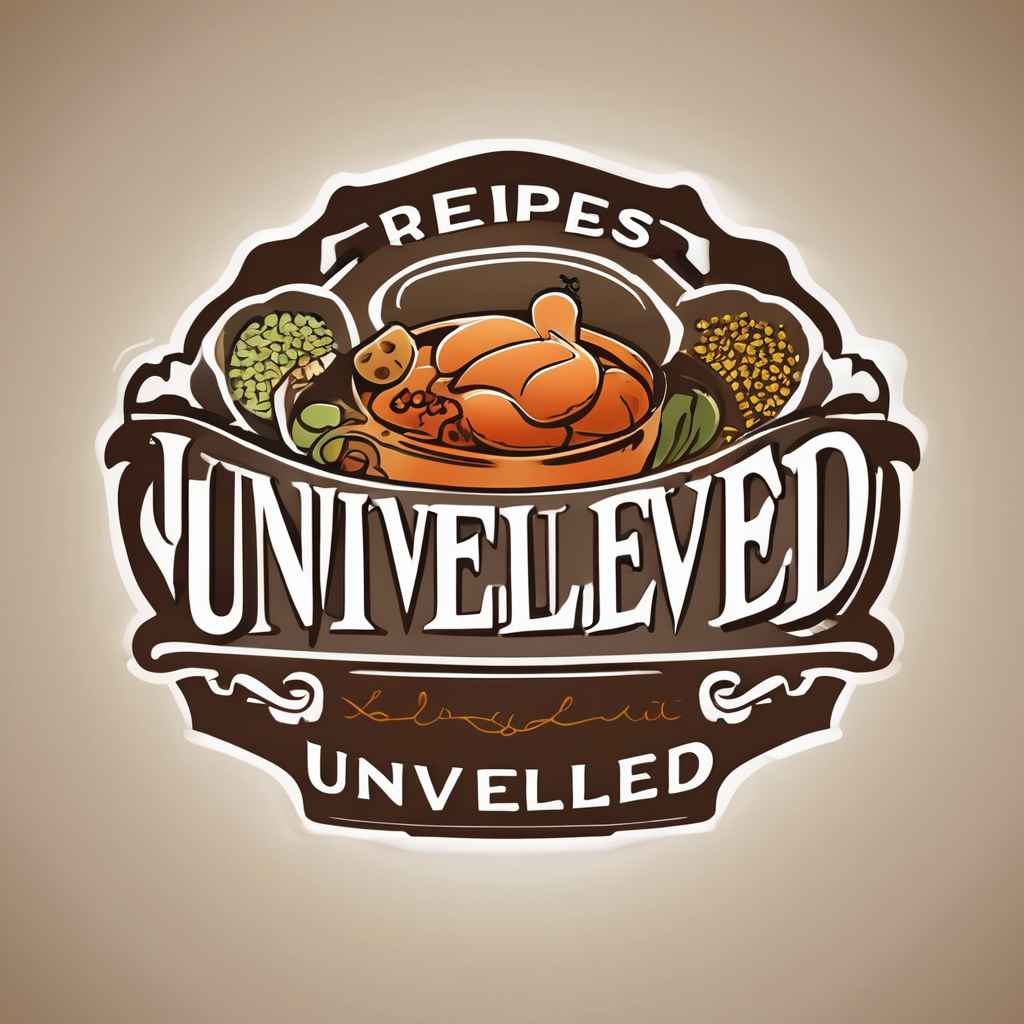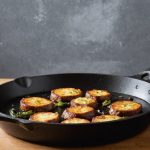In the world of kitchen cookware, cast iron skillets and nonstick pans are the ultimate rivals. Both have their strengths and weaknesses, but which one comes out on top? It’s time to put them to the test. By the end of this in-depth exploration, you’ll have a clear understanding of the benefits of using a cast iron skillet over a nonstick pan.
The Durability of Cast Iron Skillets
Cast iron skillets are renowned for their exceptional durability. They can withstand high cooking temperatures and are immune to scratches, making them a versatile cooking tool for various dishes. The strength of a cast iron skillet lies in the cast iron manufacturing process, where iron and carbon are melded together to create a virtually indestructible piece of cookware.
Additional reading : What are the best UK-made kitchen utensils every home chef should have?
Cast iron skillets don’t just last for years, they can last for generations. Often passed down through families as an heirloom, this type of pan is known to improve with age, unlike nonstick pans which deteriorate over time. When well cared for, a cast iron skillet will continue to perform at its best for decades, providing excellent value for money.
Heat Retention and Distribution
Cast iron pans excel in the arena of heat retention and distribution. When heated, the pan distributes the heat evenly across its surface, so your food will cook uniformly. This is a boon for dishes that require steady, even heat, like steak or cornbread. Nonstick pans, on the other hand, often suffer from hotspots, which can lead to uneven cooking and burnt food.
This might interest you : What are the best UK-made kitchen utensils every home chef should have?
The heat retention properties of cast iron are particularly beneficial when you’re cooking dishes that need to stay hot for a long time. Once heated, a cast iron pan will hold onto that heat and continue to radiate it for a considerable amount of time, keeping your food warmer for longer.
Versatility of Cast Iron Cookware
In terms of versatility, cast iron skillets are a clear winner. Nonstick pans are not suited for high-heat cooking or oven use, but a cast iron skillet can handle it all – stovetop, oven, grill, or even an open fire. This makes cast iron skillets a go-to choice for a wide variety of dishes, from searing steaks on the stovetop to baking crispy pizza in the oven.
Another advantage of the cast iron pan is its ability to go from stovetop to oven seamlessly, making it perfect for recipes that require both stovetop cooking and an oven finish. With a nonstick pan, you’d need to transfer the food to a different dish, creating more clean-up.
Health and Seasoning
Another point in favor of cast iron skillets is the potential for health benefits. Unlike nonstick pans, which often contain chemical coatings, cast iron is a naturally non-toxic material. Additionally, cooking in a cast iron skillet can add a small amount of iron to your diet. While it’s not a significant amount, every little bit counts, especially for those who might be iron-deficient.
When properly seasoned, a cast iron skillet can also have nonstick properties. The process involves coating the pan in a thin layer of oil and heating it until the oil bonds with the iron, creating a natural nonstick surface. Over time, with regular use and proper care, the seasoning on a cast iron pan will improve, enhancing its nonstick qualities.
The Flavor Factor
Finally, let’s talk about flavor. Many chefs and home cooks swear by the unique taste and texture that food gets when cooked in a cast iron skillet. The pan’s ability to retain heat can lead to better browning and crisping – which, in culinary terms, translates to flavor. Nonstick pans are not capable of this kind of caramelization.
Over time, a well-seasoned cast iron skillet can also develop what’s known as a "patina." This is a layer of cooked-on fats and oils that add a depth and complexity to the flavors of the food cooked in the pan.
In summary, while both types of pans have their merits, when it comes to durability, versatility, heat distribution, health benefits, and flavor, the cast iron skillet holds a clear edge over its nonstick counterparts.
Cast Iron Skillets and Outdoor Kitchens
The use of cast iron skillets in outdoor kitchens has become increasingly popular in recent years. This type of cookware has proven to be especially suitable for outdoor cooking due to its robustness and versatility. A well-seasoned cast iron skillet can withstand different cooking methods, from grilling to baking, making it the ideal companion for any outdoor chef.
When it comes to outdoor cooking, evenness of heat distribution is crucial. Cast iron pans are excellent at evenly distributing heat, ensuring that all parts of the food are cooked at the same rate. This is a definite advantage over nonstick pans, which are more prone to developing hotspots, compromising the quality of the food being cooked.
In addition, cast iron cookware can handle high heat, a common feature in outdoor kitchens. While nonstick pans can deteriorate rapidly under high heat conditions, a cast iron pan will maintain its integrity, contributing to its overall longevity and value. Also, because of the heat retention properties of cast iron, food cooked outdoors will stay warmer for longer, enhancing the overall dining experience.
Acidic Foods and Cast Iron Skillets
A common misconception is that acidic foods cannot be cooked in cast iron skillets. However, this is not entirely accurate. While it is true that acidic foods can potentially react with the iron, a well-seasoned cast iron pan can handle acidic ingredients without eroding or damaging the pan’s surface.
The key to avoiding this issue is to ensure that the pan is well seasoned. A well-seasoned cast iron pan has a layer of polymerized oil that acts as a barrier, preventing the food from coming into direct contact with the iron. Therefore, when properly maintained, cast iron cookware can handle a variety of dishes, including those with acidic ingredients.
It’s also important to remember that cooking acidic foods in a cast iron pan can potentially add a small amount of iron to your diet. While the amount is minimal, it can still be beneficial, particularly for individuals who are iron deficient.
Conclusion: The Unmatched Value of Cast Iron Skillets
In conclusion, the advantages of using a cast iron skillet over a nonstick pan are undeniable. The unrivaled durability, impressive heat retention and distribution, unmatched versatility, potential health benefits, and unique flavor enhancement capabilities of cast iron cookware make it a superior choice.
Whether you’re cooking in an indoor kitchen or grilling in an outdoor setting, a well-seasoned cast iron pan can handle it all. And while nonstick pans may have their place in certain cooking scenarios, their limitations become clear when compared to the robust capabilities of cast iron skillets.
Remember that proper maintenance and seasoning are key to retaining the numerous benefits of cast iron cookware. With regular use and proper care, a cast iron skillet isn’t just a purchase – it’s an investment that can serve you delicious meals for a lifetime.






